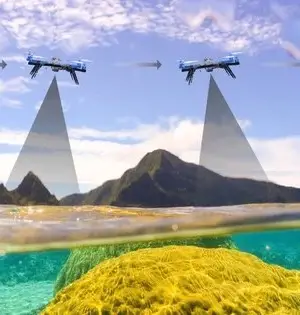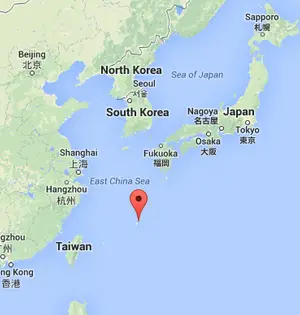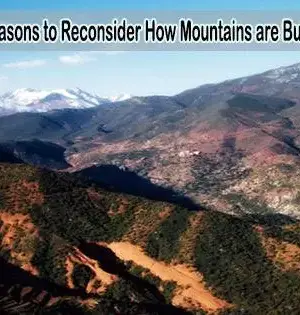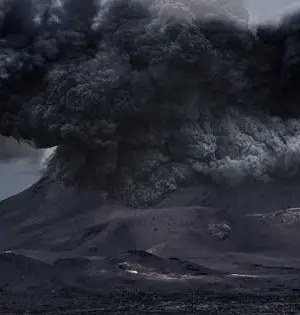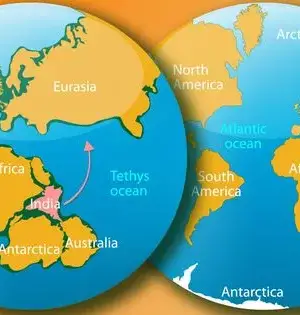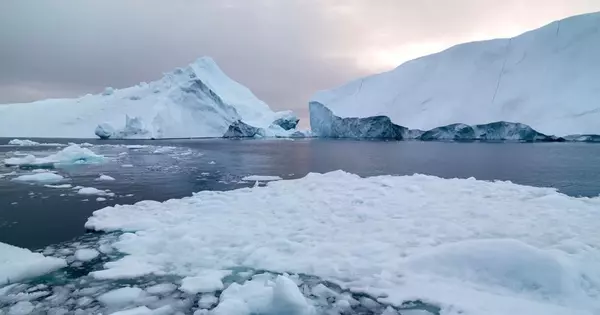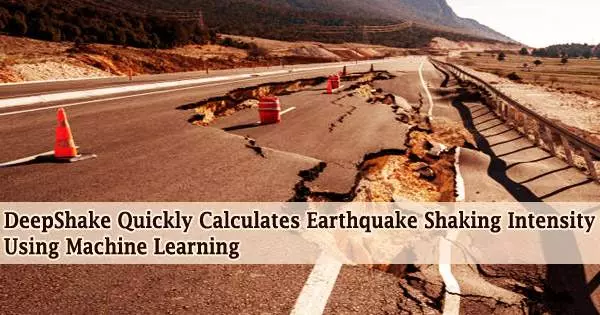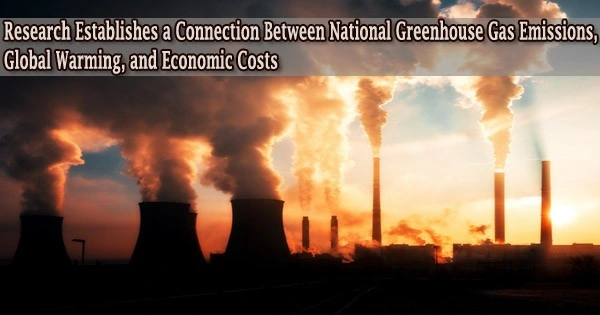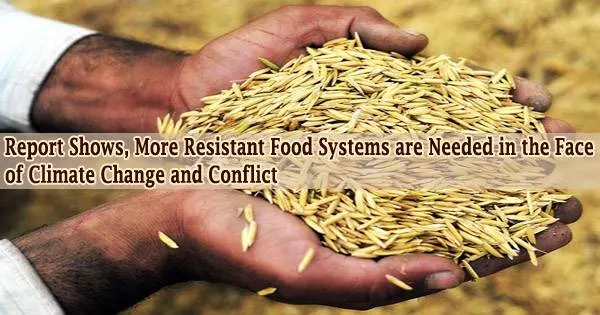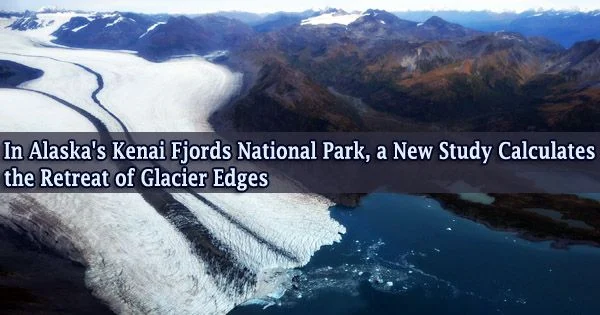The Greenland and Antarctic ice sheets are the world's largest bodies of ice and play a critical role in the global climate system. Since the 1990s, both ice sheets have been losing mass at an increasing rate, accounting for one-third of the global sea level rise during this time period. The Earth rotates once a day around its axis, but not uniformly. The rate of rotation, on the other hand, varies by up to a millisecond per day. The speed of Earth's rotation will increase if its mass is brought closer to its axis of rotation, similar to how the
Geography
By rising up through the mantle as giant diapirs, similar to blobs in a lava lamp, sand, and mud subducted off the coast of California about 75 million years ago returned to the earth's crust, according to a professor at the University of Wyoming made this hypothesis using computer modeling. The Mojave Desert and western Arizona are just two locations where these blobs can currently be found at the Earth's surface, thousands of miles inland from the coast. “These rocks aren't the prettiest to look at, but they went on an extraordinary journey and have an incredible story to tell,”
A shallow and fully locked portion of Colombia's Caribbean subduction zone has been identified using data from a GPS network, raising the possibility of a big earthquake and tsunami risk for the northwest of the country. According to Sindy Lizarazo of Nagoya University in Japan, who presented the work at the Seismological Society of America (SSA2021 )'s Annual Meeting, the locked patch south of Cartagena city can produce an earthquake of magnitude 8.0 once every 600 years. Colombia is located in a complicated tectonic zone where the South American, Caribbean, and Nazca plates, as well as other smaller tectonic blocks,
Researchers reveal at the Seismological Society of America (SSA) 2021 Annual Meeting that a deep spatiotemporal neural network trained on more than 36,000 earthquakes offers a new method of swiftly predicting ground shaking strength once an earthquake is underway. Based on the characteristics of the first seismic waves to be recorded following an earthquake, DeepShake analyzes seismic signals in real time and sends out advanced warnings of heavy shaking. It was created at Stanford University by Daniel J. Wu, Avoy Datta, Weiqiang Zhu, and William Ellsworth. Seismic data from the 2019 Ridgecrest, California sequence was used to train the DeepShake
According to new research undertaken by researchers at The University of New Mexico and the Nanyang Technological University and published today in Nature Geoscience, two of nature's most devastating phenomena, earthquakes and tsunamis, may pose a greater threat than previously thought. The risk may have been systematically underestimated in some areas, the researchers discovered after developing a new method to assess earthquake and tsunami hazards represented by the farthest portion of offshore subduction zones. Given the new findings, it is recommended that tsunami risk assessments be updated. In the event of future earthquakes and tsunamis, the findings have significant ramifications
A new study relates projected changes in winter precipitation to rising levels of man-made greenhouse gases, making the Iberian region's agriculture some of the most susceptible in Europe. According to the article “Twentieth Century Azores High Expansion Unprecedented in the Last 1200 Years” published in Nature Geoscience, these variations in precipitation are related to a subtropical high-pressure system known as the Azores High that has been significantly larger more frequently in the industrial era (since 1850 CE) than in preindustrial times. Extremely massive Azores Highs cause abnormally dry conditions to exist in the western Mediterranean, including the Iberian Peninsula, during
According to a Dartmouth study, there is a solid scientific foundation for allegations of individual country climate culpability. The study is the first to evaluate the economic effects that certain nations have had on other nations as a result of their total national contributions to global warming. In 143 of the nations for which data are available, the study establishes clear correlations between national emissions of heat-trapping gases and losses and gains in GDP. The study, which was published in the journal Climatic Change, gives countries a crucial legal foundation on which to base their claims for financial losses related
A recent study led by the University of Colorado Boulder predicts that rising water demand will be the biggest threat to food security over the next 20 years, followed closely by heat waves, droughts, income inequality, and political unrest. The study urges increased cooperation to create a more resilient global food supply. The report was released today in One Earth, and according to the UN and The World Bank, severe food insecurity may get worse this year in many countries, breaking the previous record for hunger set in 2020. The effects of political strife and the accumulating environmental repercussions of
1.5, 2 or even more degrees? The war in Ukraine has delayed the implementation of the Paris Agreement and the climate ambition of a carbon-neutral EU in 2050. Or have they? According to recent research from Aarhus University, the Eurozone's extremely high gas prices are a very effective catalyst for the shift to a green economy. Researchers from the Department of Mechanical and Production Engineering at Aarhus University started calculating the long-term impacts of shutting off Russian gas for the decarbonization of the European energy grid just a few days after Russia started its assault against Ukraine. The study, which
National park administrators must be aware of impending changes in order to plan for the future as glaciers throughout the world retreat as a result of climate change. The gorgeous Kenai Fjords National Park, located approximately two hours south of Anchorage, is home to glaciers that have undergone 38 years of change, according to a recent research by the University of Washington and the National Park Service. According to the research, which was published on August 5 in The Journal of Glaciology, 13 of the 19 glaciers are significantly retreating, while four are largely steady, and two have advanced. Additionally,
